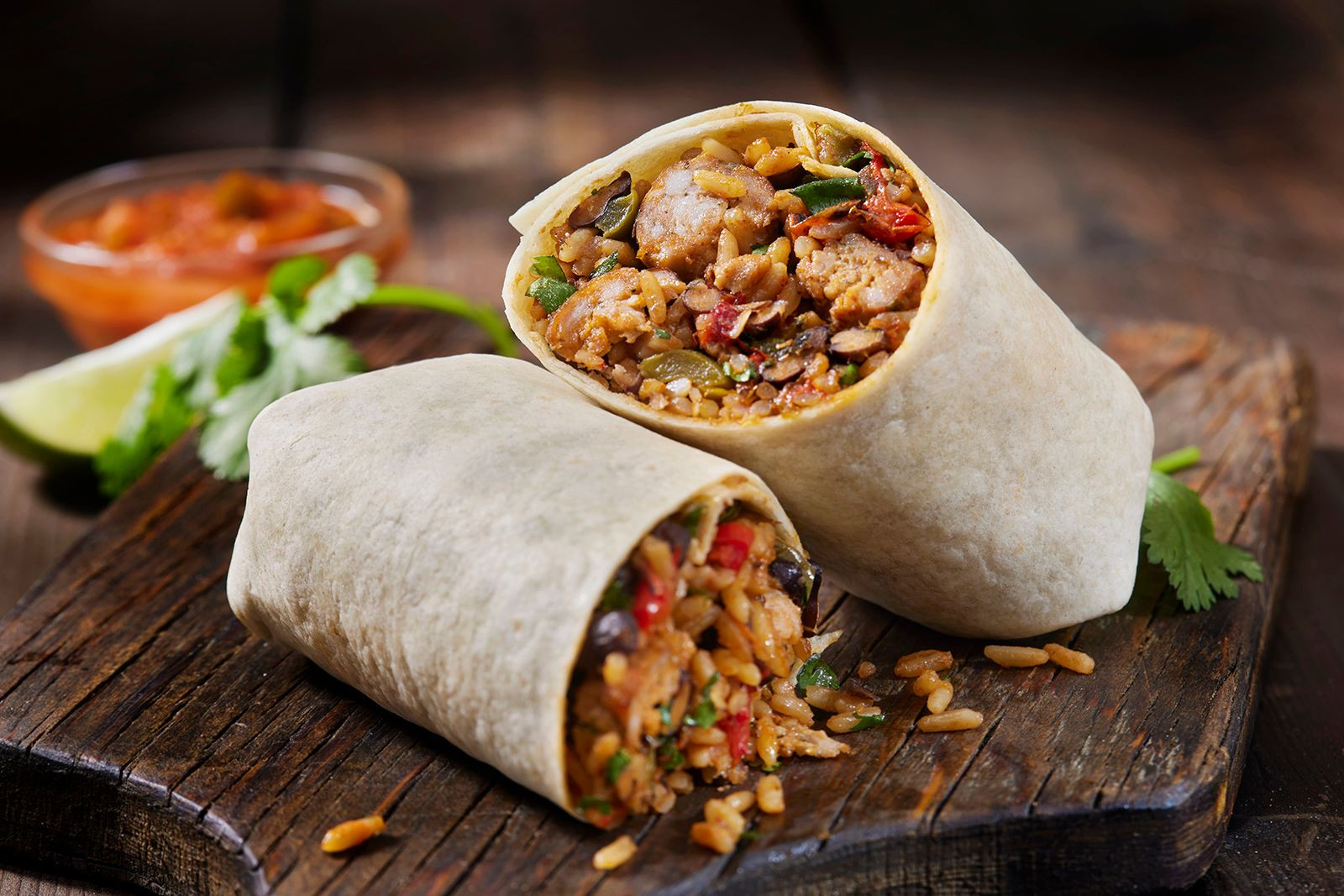Mexican Culture is vibrantly expressed through its cuisine, a captivating blend of ancient traditions and modern influences. Food in Mexico is more than mere sustenance; it’s a deeply ingrained aspect of daily life, celebrations, and social connections, reflecting a rich tapestry of history and regional diversity. The nation’s culinary landscape is generously shaped by a foundational trinity of ingredients: corn, beans, and squash, staples that have nourished generations across all economic strata and regions.
These core elements are complemented by an array of other indigenous foods that are integral to Mexican culture. Rice, often served alongside beans, is a common accompaniment. Avocados, frequently transformed into guacamole, chili peppers providing varied levels of spice, amaranth, tomatoes, papayas, potatoes, lentils, plantains, and vanilla—a pre-Columbian flavoring—all contribute to the distinctive character of Mexican dishes. Hot peppers, often presented as vibrant red or green sauces, and salt are indispensable condiments on any Mexican table. The pervasive aroma of maize tortillas, toasted or gently charred, is a comforting and familiar scent in countless Mexican homes, underscoring the central role of corn in their food culture.
While dairy products and red meat, frequently found in fried fast food options, constitute a smaller portion of the diet for many, their increased consumption among middle and upper classes is linked to rising health concerns such as heart disease and diabetes. Even within lower-income communities, the influx of inexpensive processed foods is gradually altering traditional eating habits, posing a shift in Mexican food culture as a whole.
The Art of Mole: A Culinary Cornerstone
Mole, a complex and meticulously prepared cooked chili sauce, stands as a defining emblem of central and southern Mexican cuisine. This sauce is an intricate concoction, primarily based on dried chilies—ancho, guajillo, pasilla, and chipotle being among the most frequently used. Remarkably, there are dozens of recorded variations of mole, each with its unique blend of spices and flavors, reflecting regional and family traditions within Mexican culture.
Mole is traditionally served with chicken, but its versatility extends to pork, turkey, and beef, offering a rich and flavorful coating to various meats. When mole is poured over enchiladas – tortillas that are rolled, filled, and baked – the dish transforms into enmoladas, a testament to the adaptability and creativity within Mexican culinary practices. The preparation of mole is often a communal activity, reinforcing social bonds and the passing down of culinary heritage through generations, a vital aspect of Mexican culture.
Sweet Endings and Refreshing Drinks: A Taste of Mexican Delight
Desserts in Mexican culture are equally captivating, ranging from sweet breads, including iced buns and oversized cookies, to the historically significant chocolates, which originated in pre-Columbian Mesoamerica. Dulce de leche, known also as cajeta or leche quemada (“burned milk”), a caramelized milk confection, is another cherished sweet treat. The melodic ringing of bells announces the paleteros, ambulatory vendors whose carts, filled with ice, carry frozen paletas (Popsicle-like treats made from creams or juices) and ice cream, bringing refreshing joy to city streets. Sugar-dusted flautas, deep-fried filled corn tortillas, are a popular snack, particularly enjoyed by children, representing the playful side of Mexican food culture.
To complement the rich flavors of Mexican cuisine, a variety of beverages are enjoyed. Aguas frescas, lightly sweet and chilled watery drinks, are immensely popular, featuring flavors like jamaica (a deep red drink from roselle flowers), horchata (a milky rice-based drink), and fresh fruit infusions such as watermelon. Soft drinks, licuados (fruit shakes or smoothies), and freshly squeezed orange juice are also common choices. For those seeking stronger flavors, mescal, a category of fermented agave beverages that includes tequila, holds a place of great renown and potency. Tequila, specifically, must be made from at least 51 percent blue agave and originates from the area around the town of Tequila. Domestic and imported beers are also widely consumed. During special occasions like Christmas and the Day of the Dead, atole (or atol), a warm and comforting drink made from corn or rice meal, water, and spices, becomes a favored traditional beverage, deeply embedded in Mexican cultural celebrations.
Popular Dishes: A Regional and Personal Affair
The diversity of Mexican culture is mirrored in its regional cuisines, with popular dishes varying according to location and individual preferences. However, certain foods enjoy widespread popularity across the nation. Tortillas, flatbread wraps made from wheat or maize flour, are foundational, serving as the base for many iconic dishes. Enchiladas, tamales (cornmeal dough steamed in corn husks or banana leaves), burritos, soft-shell tacos, tortas (sandwiches filled with chicken, pork, cheese, and vegetables in a hard roll), stuffed chili peppers, and quesadillas (tortillas filled with cheese and meat) are just a few examples of beloved Mexican foods.
 A hearty burrito filled with rice, chorizo, black beans, peppers, and cilantro, wrapped in a flour tortilla, a popular Mexican food.
A hearty burrito filled with rice, chorizo, black beans, peppers, and cilantro, wrapped in a flour tortilla, a popular Mexican food.
Hearty soups and spicy stews, such as menudo (a tripe and vegetable soup) and pozole (a stew of hominy and pork), are also highly favored. In coastal and lakeside regions, seafood takes center stage, with dishes like pulpo (octopus), chilpachole (spicy crab soup), and ceviche (seafood marinated in citrus juices) being particularly popular. For the adventurous palate, Oaxaca and other states offer chapulines (fried grasshoppers), considered a delicacy. Huitlacoche (corn fungus), often served in quesadillas, is a unique and treasured ingredient, especially among the Nahua people, showcasing the pre-Hispanic culinary heritage within contemporary Mexican culture.
Street Food and Evolving Food Traditions
Churros, fritters made from fried dough and sprinkled with cinnamon sugar, are a quintessential Mexican street food, often enjoyed in the morning, purchased from street vendors or local coffee stands, and eaten on the go. Their crispy exterior and soft interior, often dipped in chocolate sauce, make them a universally loved treat, representing the accessible and vibrant street food culture in Mexico.
The tradition of families gathering for a large midday meal around 2 or 3 pm, followed by a siesta, once strongly associated with Mexican culture, is gradually becoming less common due to modern work schedules and longer commutes, especially in urban centers like Mexico City. While large supermarkets are increasingly prevalent, local ferias (markets) and open-air street markets continue to thrive, particularly in smaller towns and urban neighborhoods, preserving the communal and sensory experience of food shopping that is deeply woven into Mexican culture. These markets remain vital social hubs, reflecting the enduring importance of fresh, local ingredients and traditional foodways in the face of globalized food systems. Mexican culture, therefore, continues to evolve, yet its culinary heart remains firmly rooted in its rich history and vibrant traditions.
